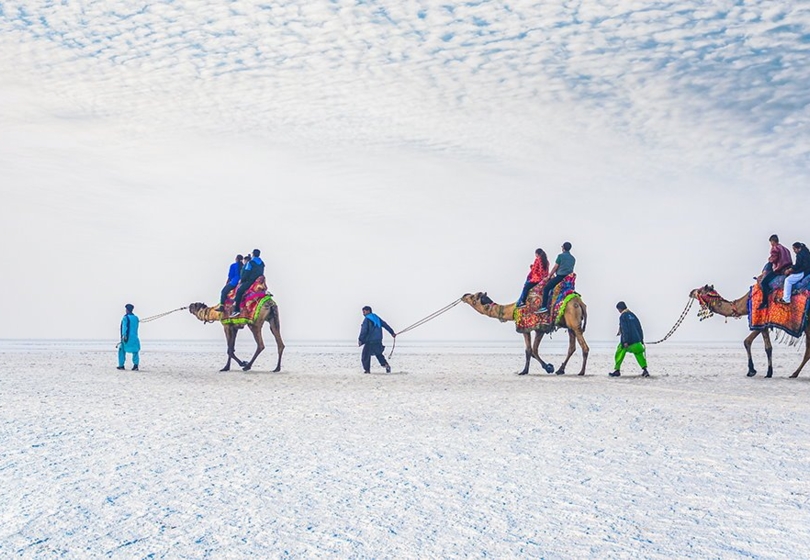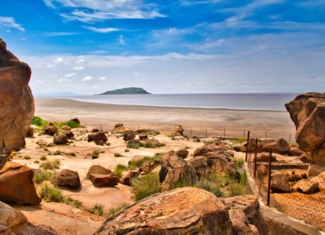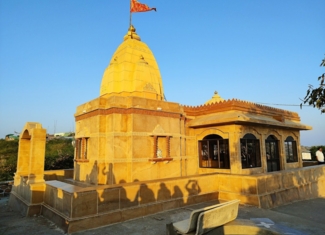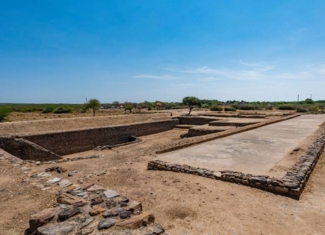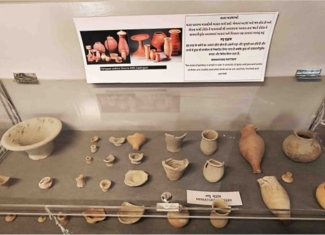White Rann of Kutch
A geographical marvel that continues to leave its beholders awestruck, Kutch is surrounded by the Gulf of Kachchh, Great Rannand Little Rann, which remain dry with white mud and white salt during summer and transform into islands during monsoon, owing to its proximity to the sea and rivers.
Rann of Kutch is a massive expanse of cracked earth, inland from the sea, that promises to take your breath away. The nothingness for miles is both nerve wracking and stunning with small oasis of water bodies and shrub forests doubling up as homes for pink flamingoes and wild asses. Tribal hamlets with cylindrical mud bhungas (huts) are the epicenter for Kutchi embroidery, tie and dye, leatherwork, pottery, bell metal craft and the famous Rogan painting by the only surviving expert family. Approximately 200 km east of the Rann, is the Little Rann of Kutch, which houses the 4953-sq-km Wild Ass Sanctuary. It homes the only remaining population of the chestnut-coloured Indian wild ass (khur), as well as blue-bulls, blackbuck and chinkara.
The area was a once a sprawling shallow of the Arabian Sea until a constant geological shift closed off the connection with the sea. Over the years, the region eventually became a seasonal marshy salt desert. During monsoons, the marsh fills up with water and the wetland extends from the Gulf of Kutch on the west through to the Gulf of Cambay on the east. In the summers, the water dries to create a crunchy based bed of white salty land.
Tips
- A permit is required to visit the salt desert.
- Do carry a proof of identity.
- Wear a comfortable pair of shoes with a strong grip.
- The nearest airport is the Kandla Airport.
- Rann Utsav is the best time to be here.
